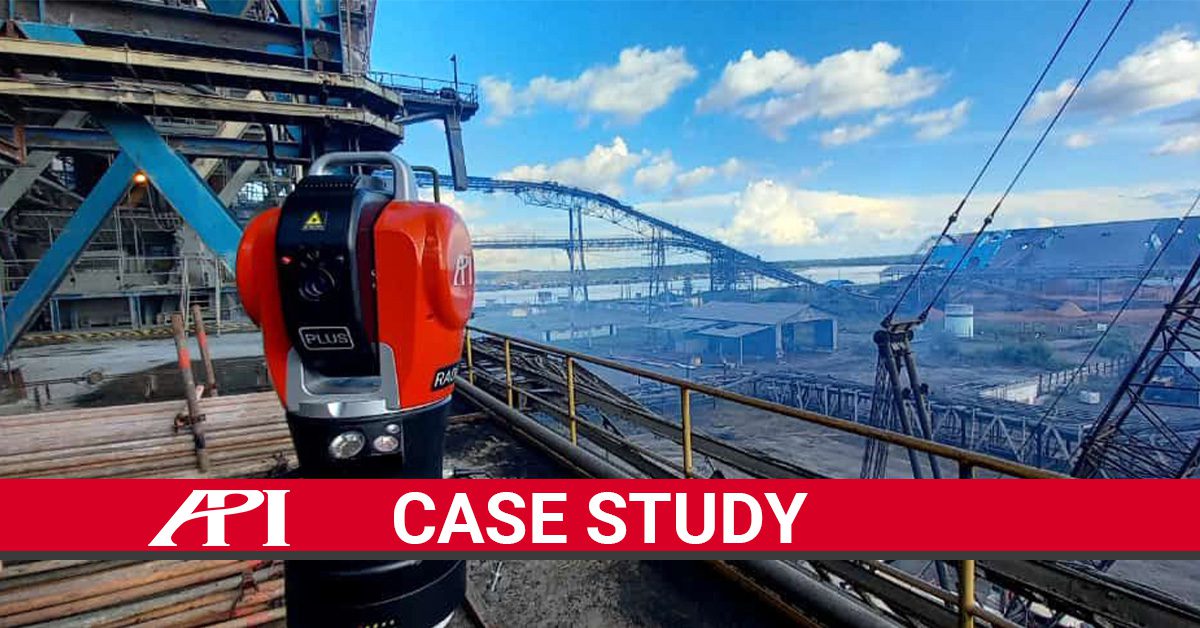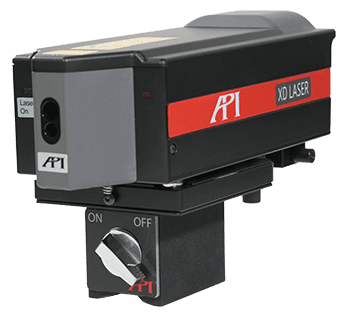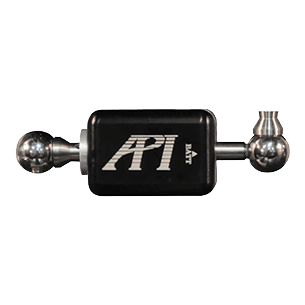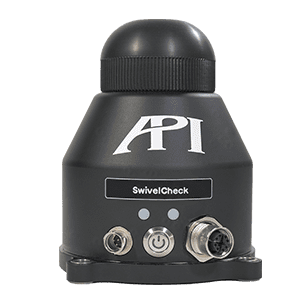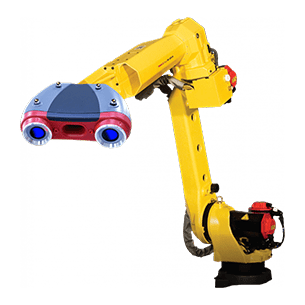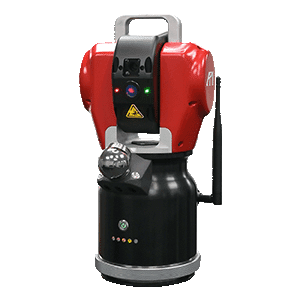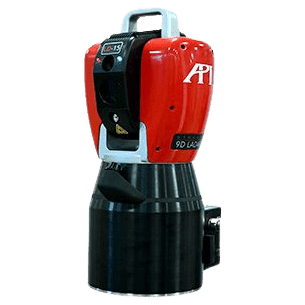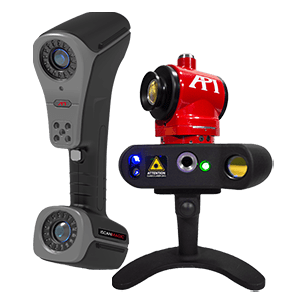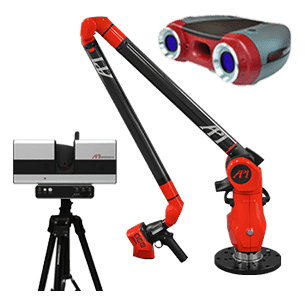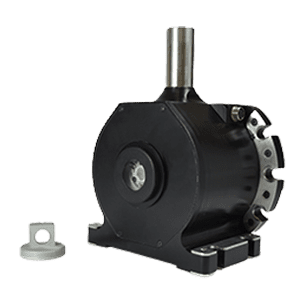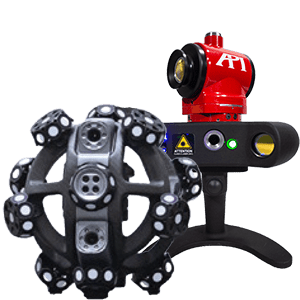Achieving Unprecedented Accuracy in Assembling Workpieces Over 100 Meters in Length with Radian Laser Tracker.
In the realm of industrial production, the assembly of extra-large workpieces poses significant challenges. These workpieces, characterized by their massive volume and weight, demand strict manufacturing and assembly tolerances. Traditional methods often fall short in ensuring the required precision. But API’s Radian Laser Tracker series provides a simple 3-step measurement plan that results in:
· Enhanced Accuracy: Achieved an overall assembly accuracy within a remarkable 0.2mm for workpieces over 100 meters.
· Time Efficiency: Streamlined the measurement process, significantly reducing assembly time.
· Cost Savings: Minimized material wastage and rework, leading to tangible cost savings.
· Unified Measurement Standard: Ensured consistent accuracy standards across all assembly points, irrespective of their position.
Extra-large workpieces are integral to certain industrial production sectors. The traditional ways of assembly often struggle to ensure the overall precision due to the sheer size and weight of these workpieces.
The Challenge: Laser Tracker Distance
Ensuring the overall assembly accuracy of workpieces that span over 100 meters in length, with a maximum allowable error margin of just 0.3mm.
API’s Solution: Radian Laser Tracker PLUS
API’s Radian Laser Tracker offers a solution tailored for such challenges. The Radian Plus is Capable of large-size and high-precision 3D measurements, the laser tracker can measure across tens of meters with micron-level accuracy. The tracker’s flexibility allows operators to easily collect spatial coordinates, enabling precise analysis of position tolerances.
Implementation:
1. Setting Up Tracker Stations: Based on the workpiece’s characteristics, multiple laser tracker stations are strategically positioned to ensure optimal coverage.
2. Data Collection: Each station measures all visible points, forming a comprehensive data network.
3. Measurement Adjustment & Assembly: Post data collection, software is used to bundle all data for adjustment analysis. The dominant station’s data is given higher weightage to derive a unified accuracy standard.
Results:
The implementation of the Radian Laser Tracker ensured that the overall assembly accuracy of the workpiece, spanning over 100 meters, was maintained within a remarkable 0.2mm, surpassing the set tolerance requirements.
API’s Radian Laser Tracker has proven to be an invaluable tool in the realm of industrial production, especially when precision is paramount. This case stands as a testament to API’s commitment to
innovation and accuracy, ensuring that even the most challenging assembly requirements are met with unparalleled precision.
Discover how API’s cutting-edge solutions can redefine precision in your operations. Explore more case studies or fill out the form below to contact us and speak to a Real Metrologist today!
More Recommended Case Studies:
Keep reading about how API Metrology’s Radian Laser Tracker surpasses expectations on extra large projects in: Alignment of Large Marine Components with Laser Tracker or learn the differences between our Plus and Core Radian Laser Trackers on our YouTube video: Radian Laser Tracker Series – Plus/Core



